I need to do a boxplot (in Python and matplotlib) but I do not have the original "raw" data. What I have are precalculated values for max, min, mean, median and IQR (normal distribution) but still I'd like to do a boxplot. Of course plotting outliers isn't possible, but beside that I guess all information is there.
I've search all over to find an answer without success. The closest I've come is the same question but for R (which I'm unfamiliar with). See Is it possible to plot a boxplot from previously-calculated statistics easily (in R?)
